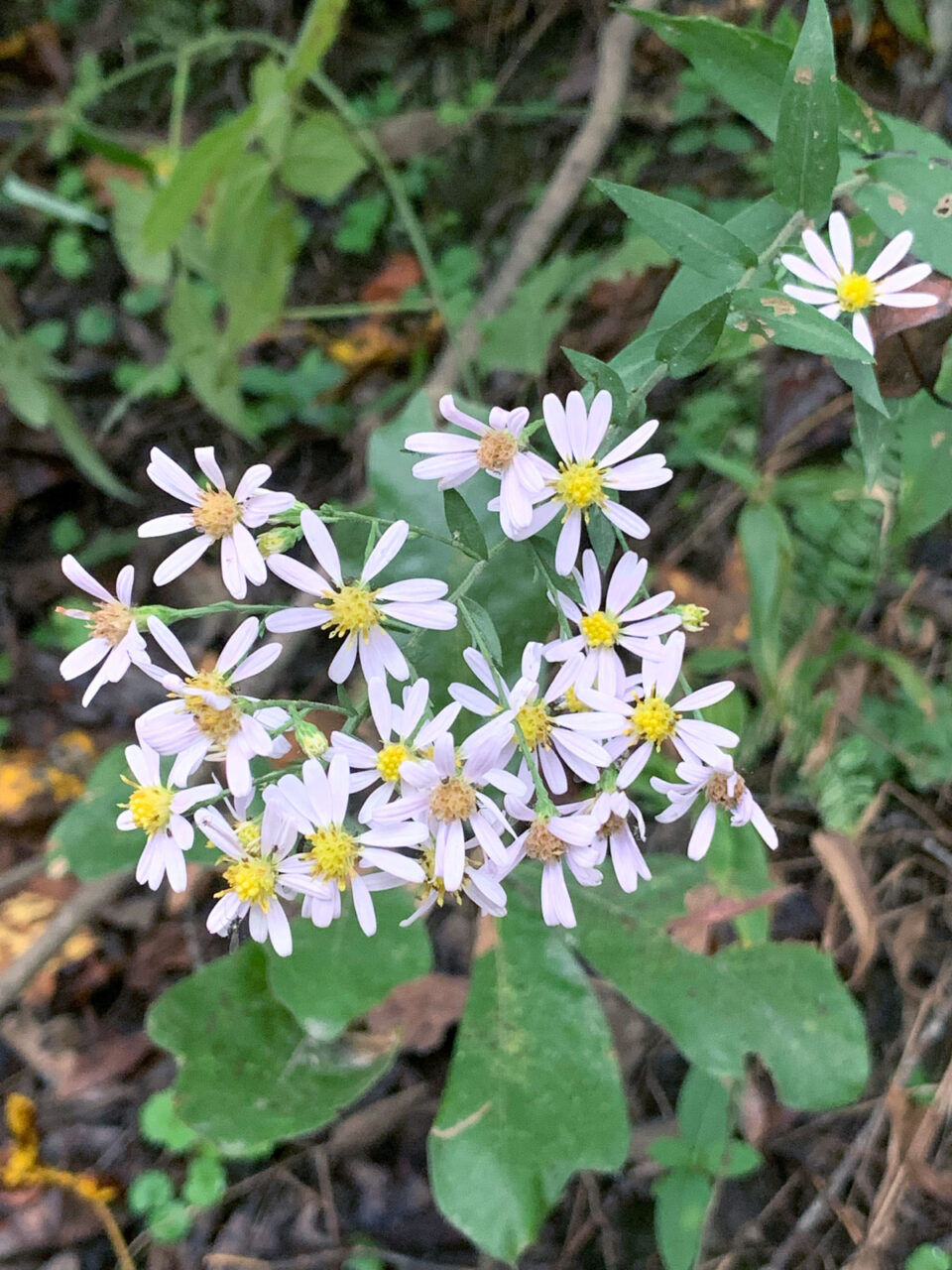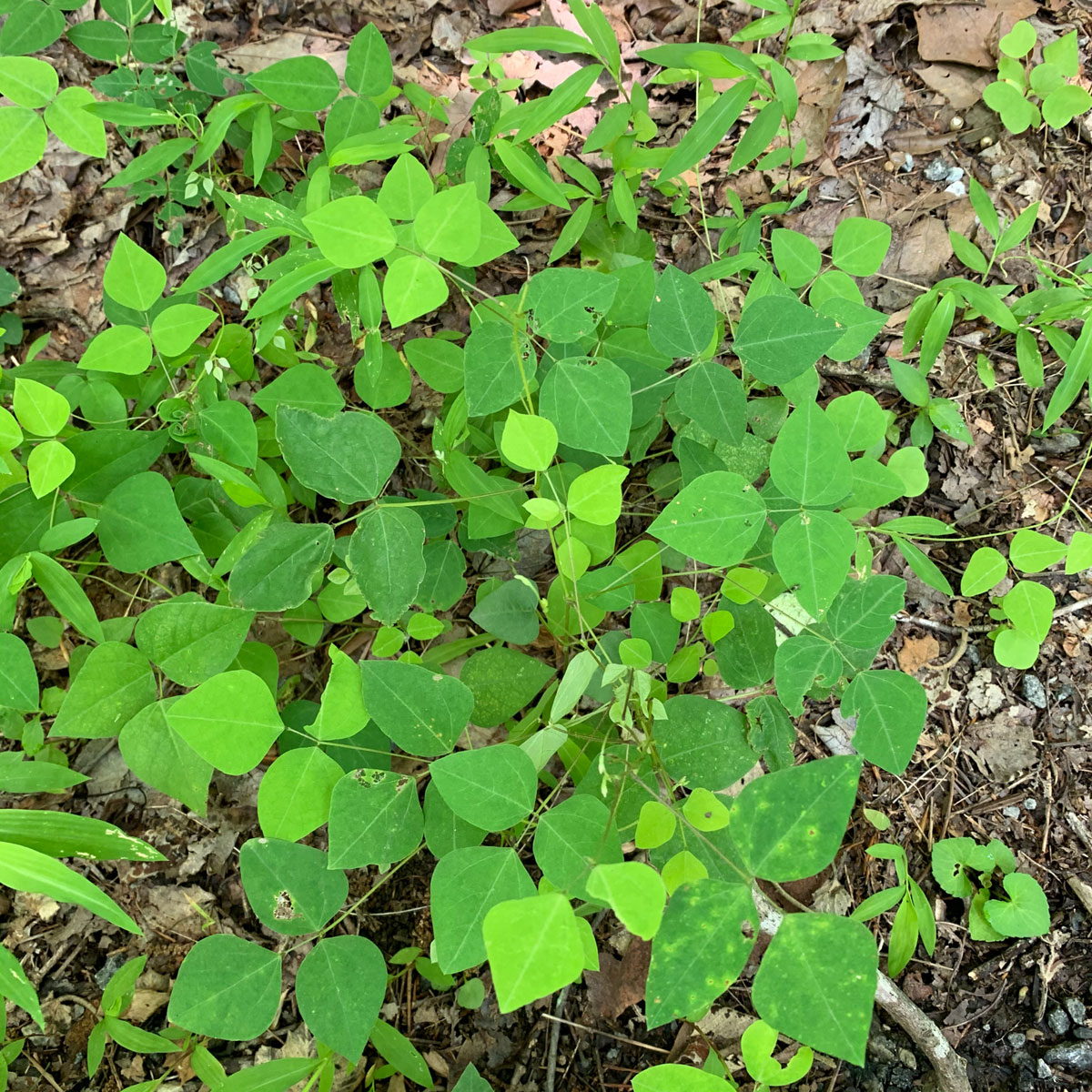So, if it’s summertime, and you’re having a few friends over, and you just never got around to planting some mint in your garden (because hello, super-spreader), but you promised them some Mint Juleps, it’s hot outside, and very humid (because hello, summers in Virginia), you best be rummaging around the fields nearby and find yourself some Mountain Mint.
Alternate Names: Blunt Mountainmint Size: 1-3' tall Family: Lamiaceae (Mint/Deadnettle/Sage Family) Habitat: Usually grows in grassy open places, meadows, fields, low woodland areas and occasionally in dry upland woods. Identification: "This densely leaved mountain mint features dark green leaves which have a strong mint-like (spearmint) aroma when crushed. Branched stems (mostly square in cross section) are clad with nearly sessile, ovate to ovate-lanceolate, acuminate (pointed), dark green leaves (to 2 1/4" long) with round to heart-shaped bases and toothed margins. Plant foliage is topped in mid to late summer by a bloom of two-lipped tubular pink flowers (each to 1/2" wide) in dense flat-topped terminal (sometimes axillary) clusters, with each cluster being subtended and highlighted by a pair of unique and showy silvery fringeless leaf-like bracts located near the base of the cluster". From missouribotanicalgarden.org Uses: Native Americans used this plant for treatment of fevers, colds, stomach aches, and other minor physical ailments. The leaves can be used to make a mild tea.










